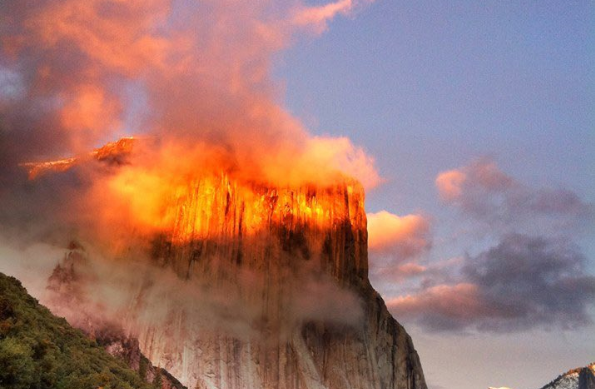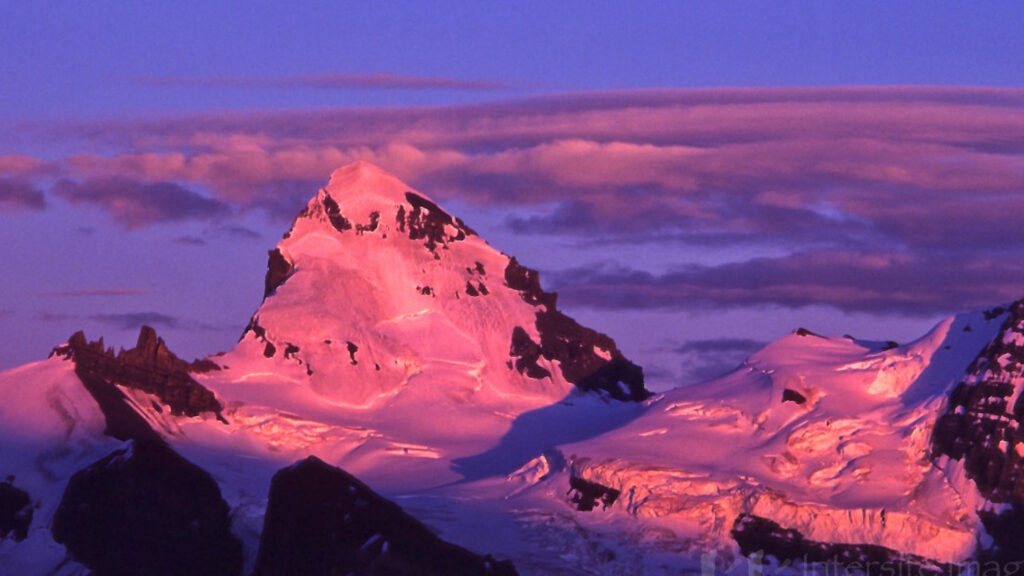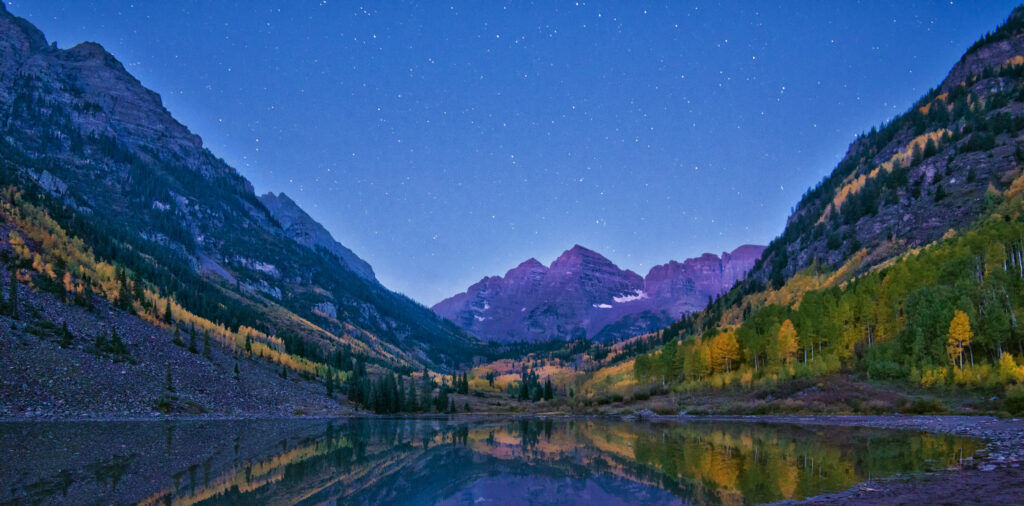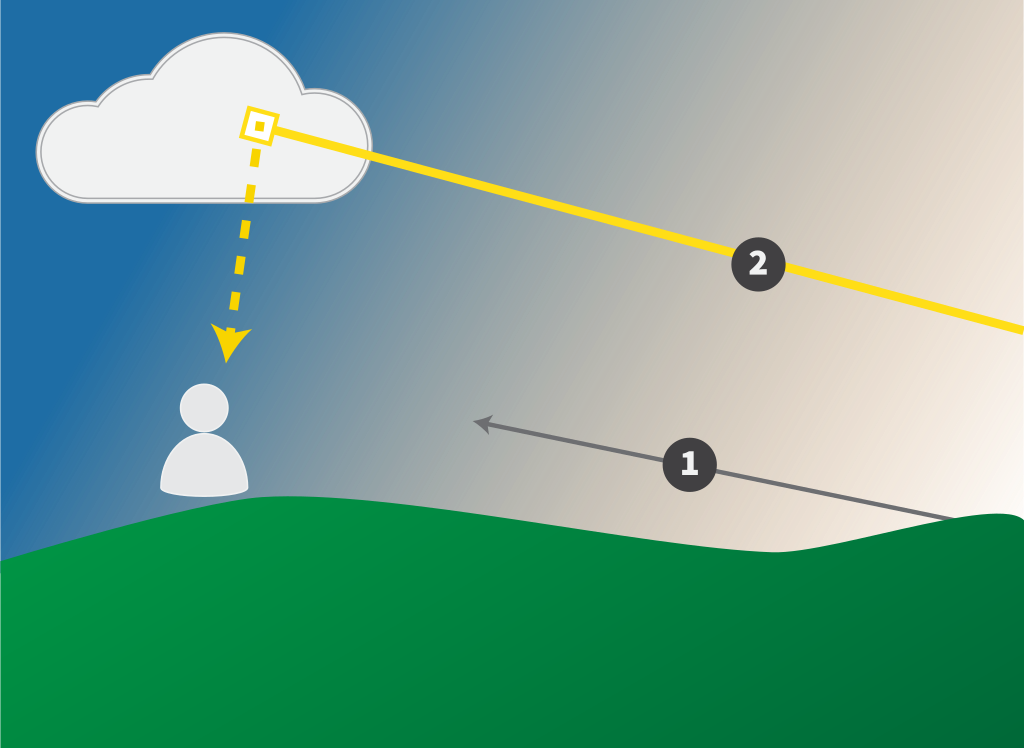
Alpenglow is a captivating optical phenomenon that occurs during sunrise or sunset, producing a horizontal reddish glow near the horizon opposite to the Sun. The term “Alpenglow” originated from the German word “Alpenglühen,” which translates to “Alps glow.” This article will discuss the description, causes, and types of alpenglow.

Description of Alpenglow
Strictly speaking, alpenglow refers to the indirect sunlight reflected or diffracted by the atmosphere after sunset or before sunrise. This produces a diffuse illumination that creates soft shadows in addition to the reddish color. The term is also used informally to include direct illumination by the reddish light of the rising or setting sun, with sharply defined shadows.

Causes of Alpenglow
When the Sun is below the horizon, sunlight has no direct path to reach a mountain. Unlike direct sunlight around sunrise or sunset, the light that causes alpenglow is reflected off airborne precipitation, ice crystals, or particulates in the lower atmosphere. These conditions differentiate between direct sunlight around sunrise or sunset and alpenglow.

Types of Alpenglow
Alpenglow can be categorized into two types – reflected sunlight and direct sunlight. Reflected sunlight produces the classic, diffuse alpenglow that is most commonly associated with the phenomenon. Direct sunlight alpenglow is caused by the reddish light of the rising or setting sun, with sharply defined shadows.
Belt of Venus
After sunset, if mountains are absent, aerosols in the eastern sky can be illuminated in a similar way by the remaining scattered reddish light above the fringe of Earth’s shadow. This backscattered light produces a pinkish band opposite of the Sun’s direction, called the Belt of Venus. This is a separate phenomenon but is often associated with alpenglow.
Conclusion
In conclusion, alpenglow is a beautiful and enchanting optical phenomenon that occurs during sunrise or sunset. It is produced by indirect sunlight reflected or diffracted by the atmosphere after sunset or before sunrise, creating a diffuse illumination that creates soft shadows in addition to the reddish color. Alpenglow can be categorized into two types, reflected sunlight and direct sunlight. Understanding the causes and types of alpenglow can help photographers capture the stunning beauty of this natural phenomenon.

Leave a Reply